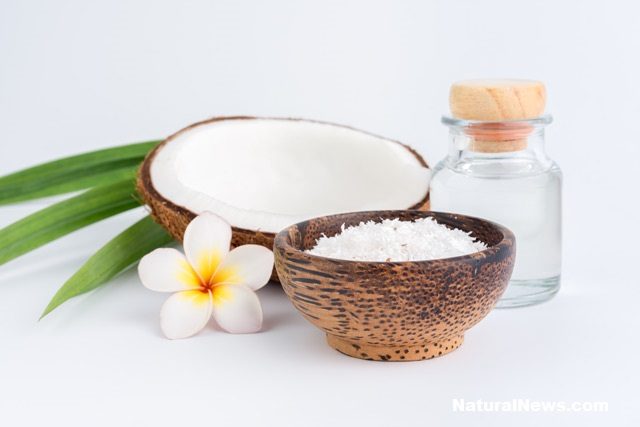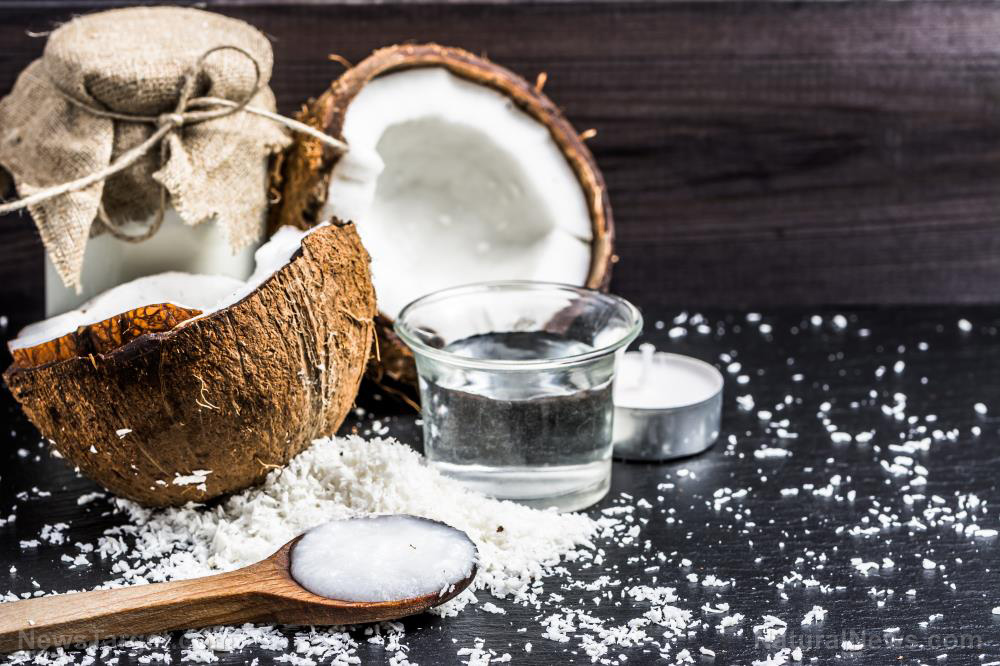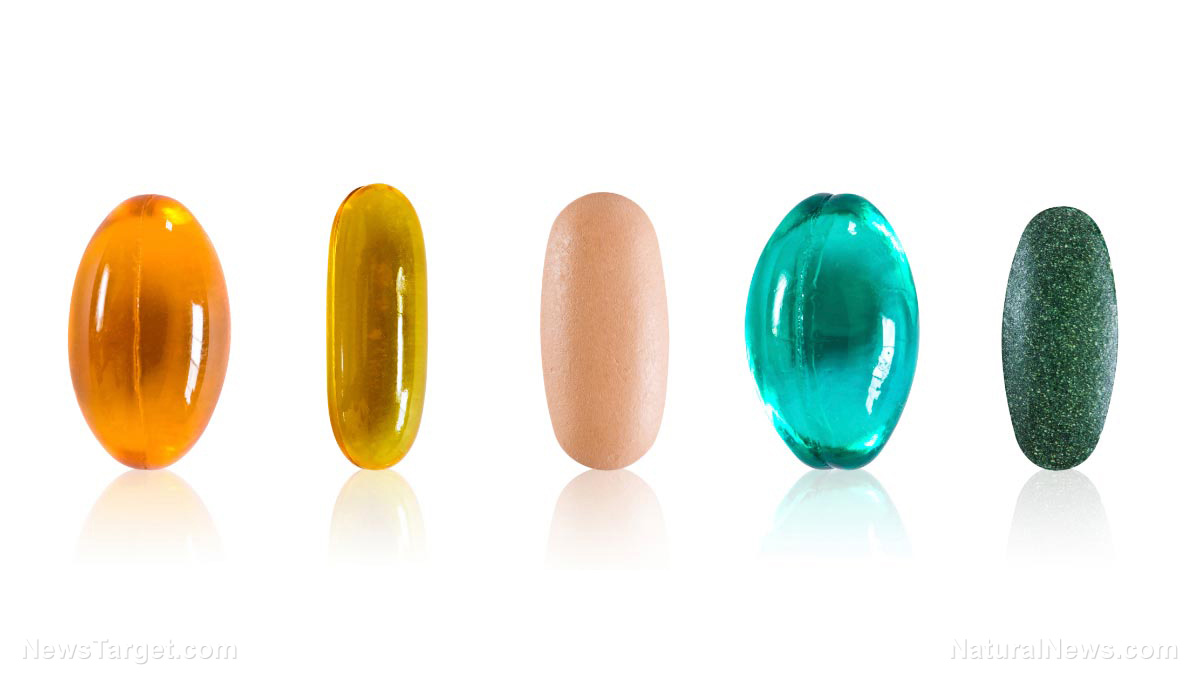4 Essential oils that relieve a sinus headache
11/08/2018 / By Zoey Sky

Essential oils can be used for more than aromatherapy. For one, certain kinds of essential oils can help soothe the pain caused by a sinus headache.
What causes sinus headaches?
Sinus headaches may be caused by allergens that in turn cause sinus congestion. If you know which essential oils to use, you can relieve a sinus headache and address other symptoms. These oils can also help target the cause of the sinus inflammation.
Sinus headaches can make you feel pressure inside your sinuses, or the cavities behind your nose and inside your cheekbones and forehead. This condition is common in people who spend most of their time outdoors or those who are prone to allergies.
Windy weather may also cause inflammation. If you often have sinus problems, this can trigger the increased production of mucus. Once this happens, the mucus won’t always drain out easily because of the blockage and swelling inside your nose.
This blockage can make the pressure inside your sinuses rise, which can then cause pain all over your face, such as behind your eyes and in your upper teeth. Other symptoms can include facial swelling, fatigue or fever. The pain may worsen if you move your head, especially if you lean forward or try to lie down.
Curing sinus headaches with essential oils
Sinus headaches are painful and they can be unpleasant to deal with. While there are over-the-counter (OTC) medications that you can take to relieve your symptoms, using these drugs too often may cause harmful side effects. In addition, OTC medications don’t actually address the cause of your headache.
Natural essential oils are an effective treatment for sinus headaches. Essential oils can also improve blood circulation, boost your immune system, and protect your vital organs from damage. The regular use of essential oils can help you manage sinus headaches naturally.
- Coriander – Coriander essential oil can help manage pain and reduce the duration and frequency of sinus headaches. The oil, which has powerful sedative properties, also helps the affected tissues recover faster. Too much of this oil can aggravate a sinus headache, so use it in moderation.
- Eucalyptus – Aside from being a natural pain reliever, eucalyptus essential oil can also eliminate viruses and inhibit the enzymes that cause inflammation. Take note that this oil shouldn’t be used if you have kidney or blood sugar problems. Don’t use this essential oil on small children. (Related: 7 Essential Oils Packed with Medicinal Power.)
- Lavender – Lavender essential oil has potent anti-inflammatory effects. It can also relieve pain and help you calm down. This oil can also help you get a good night’s sleep. Take note that lavender can cause allergies, so test the oil on a small patch of skin first.
- Peppermint – Peppermint essential oil has anti-inflammatory properties. The oil also contains menthol, which can help muscles relax and reduce pain caused by a sinus headache. Always dilute peppermint essential oil because using too much of it may cause hypertension.
How to use essential oils
There are two ways to use essential oils to relieve a sinus headache.
Topical application
This means applying the oils to pulse spots so the skin can quickly absorb them. Before you apply essential oils directly on your skin, mix them with a carrier oil like coconut, hemp, jojoba, olive, or other neutral oils.
Follow this ratio when mixing oils: 20 drops of the essential oil per ounce of the carrier oil. The diluted solution of the essential oil can also be applied inside your nose. Don’t use the oil near your ears and eyes and don’t swallow it. If you accidentally put pure essential oil near these areas, rinse them off with vegetable oil immediately to prevent damage and irritation. If you don’t have allergies, you can use essential oils as often as you want.
Inhalation and diffusion method
Inhalation and diffusion, the quickest absorption method for essential oils, requires a special device called a diffuser. A diffuser disperses the particles of the oils so it can be absorbed by your body.
Alternatively, you can use steam baths. Apply several drops of the essential oil in a bowl with boiling water, then cover your head with a towel and inhale the vapors.
These two methods can quickly ease pain, clear your sinuses, and minimize the swelling caused by sinus headaches. However, they shouldn’t be used as often as the topical application method. Ideally, these methods can be used for a maximum of 30 minutes at a time after every two hours.
If you’re suffering from a sinus headache, ditch those harmful OTC drugs and choose from the essential oils listed above for a safe and natural remedy.
Learn of other essential oils that relieve pain at EssentialOils.news.
Sources include:
Tagged Under: Coriander, essential oils, eucalyptus, Lavender, natural cures, natural healing, natural remedies, peppermint, sinus headaches



















